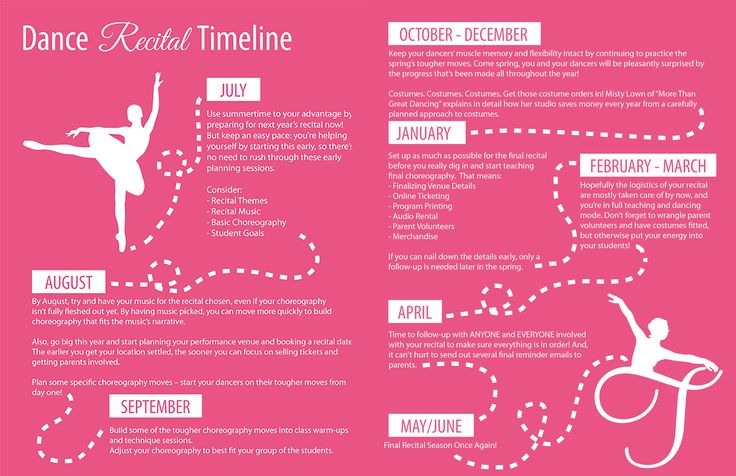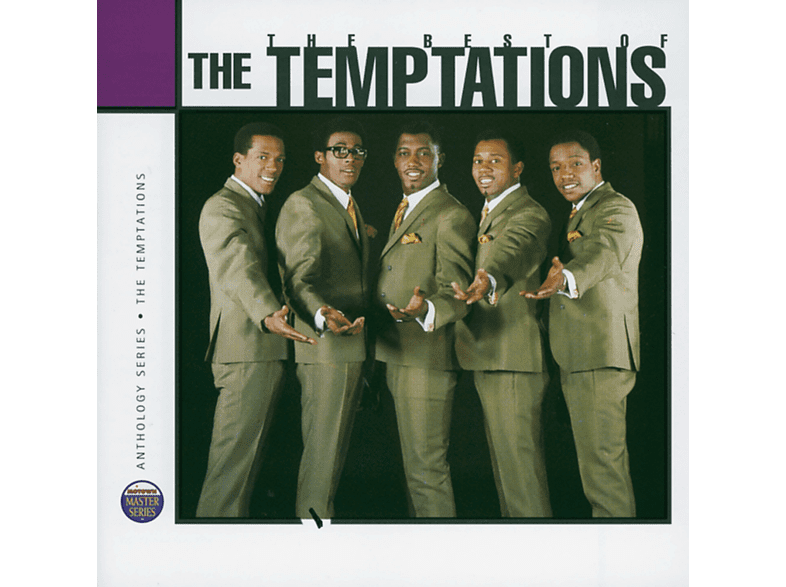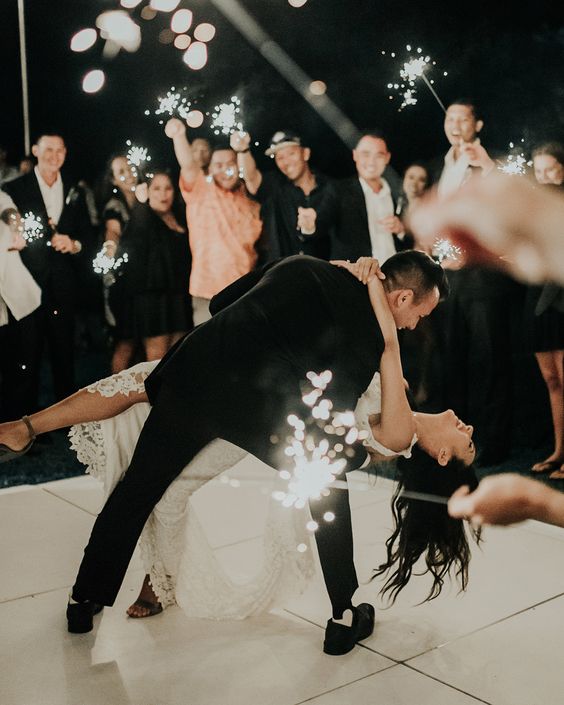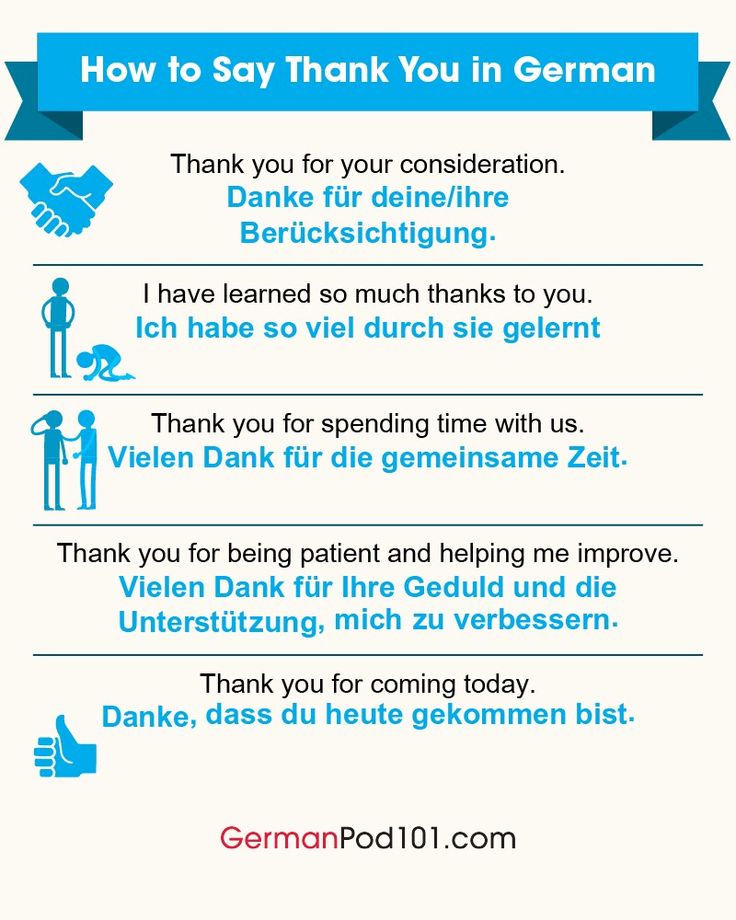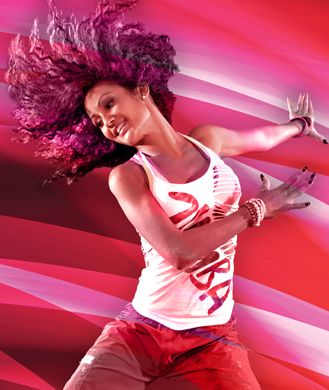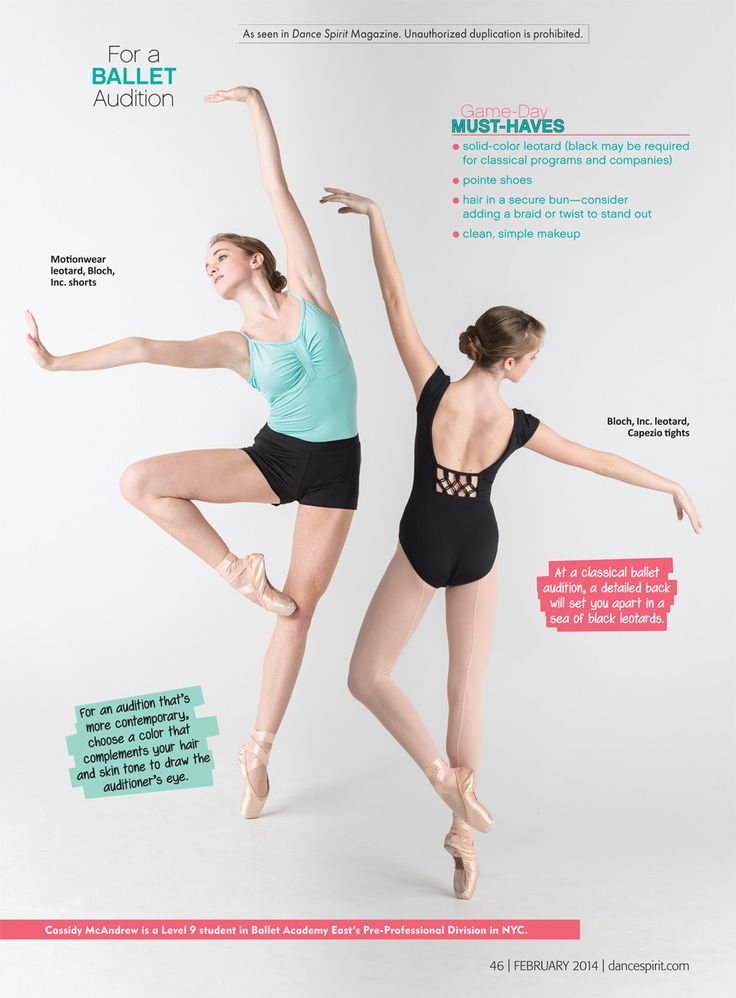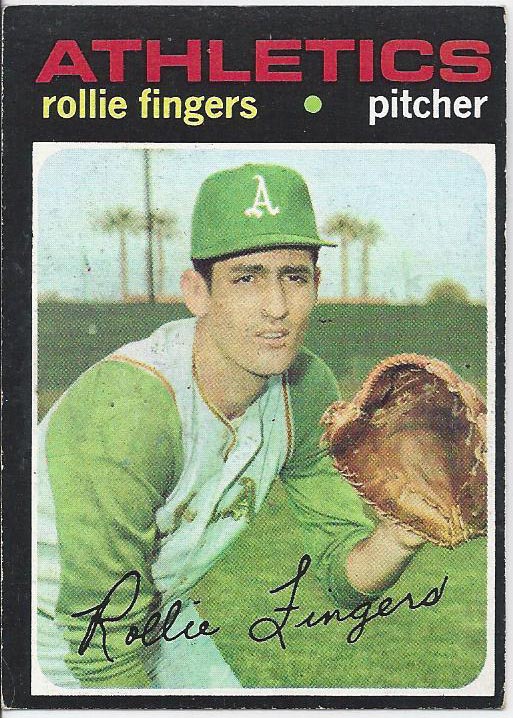How to start a successful dance studio
Everything You Need To Know
Have you ever wondered how to start your own dance studio? Or, if you have already started researching how to open one, perhaps you’ve been wondering if you have what it takes to run a dance studio and make it successful. Does this sound like you? Then, this post is for you! Here’s how to open a dance studio, from step one to your studio’s grand opening and beyond.
Opening A Dance Studio ChecklistSince we first wrote this post at The Studio Director, we’ve expanded on the information here so that all studio managers can feel confident and excited as they embark on their journey to studio ownership. We know that studio ownership itself has certainly changed recently as well, so we’ve added updated information on offering online dance lessons and noted the latest trends in our industry. Throughout this post, you’ll also find links to in-depth articles on related dance studio ownership topics.
While all of this information is necessary as you get started, sometimes a checklist is the best way to manage your tasks. Here’s your roadmap, with more information below on each of these points.
- Apprentice at a studio you respect
- Prepare for the many roles you’ll take on
- Build a name for yourself in your community
- Create your dance studio business plan (and estimate the finances involved!)
- Find your perfect studio location
- Develop your systems and processes
- Set up your studio space
- Hire your dance studio staff
- Get the word out with marketing
- Start from a place of organization
Ready to get started? It’s time to learn how to open a dance studio of your dreams!
1. Shadow A Studio Or Owner You RespectDo you know another studio manager that you respect or look up to? Love a local studio that’s on the other side of town or in another city? Know of a studio who excels at online dance lessons? The best way to learn about starting a dance studio is to actually work at one.
If there’s a local dance studio that has been around for a while, pick up some hours at their studio and gather notes. Or, find a studio manager you love and ask if you can mentor under them.
Or, find a studio manager you love and ask if you can mentor under them.
While there, volunteer to fill in for the different roles or jobs where they need help so you can see how things run from all angles. This will clue you into important challenges in the dance business and how they are solved.
In particular, make note of:
- What problems occur and how they solve them
- How money comes in and out of the business
- The different roles staff members play
- How the studio handles marketing
- How the studio communicates with parents and students
More importantly during this period, make sure you enjoy the work! Opening a dance studio is a fantastic way to share your love of a dance with a larger audience, but it’s not for everybody—and that’s okay.
2. Prepare For The Many Roles You’ll Take OnAlong with understanding the business, you’ll also need a clear view of the different roles you will take on as the owner.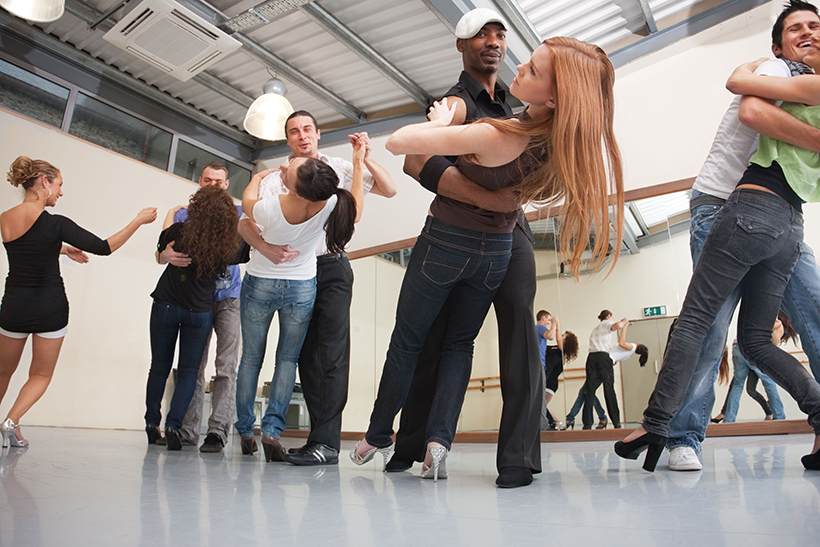
Beyond choreographing and teaching classes, you are the person who has to keep the many parts of the business running. Some of those roles include:
- Dance studio manager: You’ll make sure schedules and daily activities are running smoothly. You will need to be able to communicate what you want, what needs to improve, and ensure that your staff is focused on your goals.
- Mentor: Every day, you’ll embody the work ethic and attitude you expect staff members and students to take on themselves.
- Entrepreneur: Your work doesn’t stop when the studio opens. You will continue to grow and develop new studio plans. As an entrepreneur, you’ll also be heavily involved in billing, scheduling, marketing, community outreach, events coordination, customer service, and much more.
- Techie: Offering online dance lessons? Make sure you (or someone on your team!) can easily troubleshoot virtual class enrollment, set-up, and your online class platform for teachers and students alike.

Learn early on which of these roles you naturally gravitate towards, and which would be better to outsource to another trusted teacher or staff member.
3. Build A Name For Yourself In Your CommunityUsually, dance studio owners go into business confidently knowing they already have enough of a following to fill classes from the get-go.
If you do not have a big enough following yet, some ways to find more students include:
- Offering dance services to local schools, gyms, and churches
- Giving discounts for people who refer your classes to friends and families
- Advertising for your classes at nearby businesses that are not competitors, but will have the clientele that would take an interest in dance (think yoga studios or daycares)
- Sharing your personality and approach to dance on social media so others in your community can learn more about you
This is a step that you do far before finding your location or setting up your business plan because it takes time. Thankfully, you can work on this as you go through your other dance studio start-up tasks.
Thankfully, you can work on this as you go through your other dance studio start-up tasks.
Your dance studio business plan is a document that lays out your business goals and how you plan to achieve them. It sets a solid foundation for your studio for years to come. We have more information about creating a business plan here, but yours should cover the following sections, at a minimum:
- Executive summary
- Company description
- Market analysis
- Products and services
- Financial projections
- Marketing overview
Let’s look at each of these in more detail. Note, too, that your business plan may contain much more.
Executive summary and company descriptionThe executive summary should summarize your main business goals, vision, and core values. This should not be more than a few sentences. You’ll likely have an easier time writing your summary last after you’ve covered all of the other details.
Following that, describe what sets your studio apart. This is typically what you will use to pitch your company when you are marketing it. It should include the services you plan to offer, the types of classes you’ll have, and what sets you apart from other studios.
This section should also clearly establish what type of legal business entity your studio will be, and how you’ll comply with any local licensing or regulatory requirements.
Market analysisIt’s time to research your potential customers! Building a following well before you begin the process of opening your dance studio can help tremendously with this step. The more people who know you, the more likely you’ll know what types of dancers will sign up once you open your doors.
In addition to researching the people who already know you, though, you will have to research your local market, potential customers, and competitors. This section should include all the details you gather about the size of the dance industry in your area and how you will fit into this equation.
Start off by listing the dance studios you will be in direct competition with and the number of students they serve. This will help you determine how many students you should bring in and define your pricing structure.
In addition, you may want to do surveys and host focus groups with your potential customers to ask them what they’d like to see in a dance studio in your area.
For a larger industry-wide study, we recommend reading our post on dance studio industry stats and trends. This will help you get a better idea of where our industry is at right now, and where it might grow over the next few years.
Products and servicesOnce you have thoroughly analyzed your market, you can decide on the services that will attract the widest range of students. In this section, list in greater detail the classes you plan to offer. You can also outline the benefits that students may receive from taking your classes.
This section will also include any other plans you have outside of classes and memberships to make money, such as dance apparel, competitions, and recitals.
One of the most necessary sections of your business plan is the funding plan and your financial expectations once in business.
If you need a loan to get started, having a transparent and organized assessment of your current financial position and future projections will show potential investors that you know what you’re doing.
This portion will also detail where your revenue will come from, how much your bills will cost monthly and annually, and your class pricing. In this section, think of everything you will need to open your doors from equipment like dance studio mirrors, down to the rolls of toilet paper in the bathrooms. The more thorough you can be here, the better.
How much does it cost to open a dance studio though? We’ve created a full post on how much it costs to run a dance studio here.
Marketing overviewIn the most basic sense, this part of your studio business plan is all about how you’ll get the word out about your dance studio. Start by establishing your brand. What’s your studio’s name, logo, and brand identity? Learn more about that here. You can find ideas for fun and catchy dance studio names in our earlier post.
Start by establishing your brand. What’s your studio’s name, logo, and brand identity? Learn more about that here. You can find ideas for fun and catchy dance studio names in our earlier post.
Also, give a general overview of the marketing channels you’ll use and what portion of your budget you’ll allocate to marketing. You can include a strategy for growth if you have a plan for targeting other markets in the future as well. Review our full post on social media for dance studios to get started on this one.
5. Find Your Perfect Studio LocationOnce you have figured out how your business will run and what your financial situation is, you can start looking for your studio. Do it in this order so you know how much you have for rent and extra costs that will come with the location you decide on.
A dance studio has its own unique requirements. First ask yourself how much space you’ll need? Do you want one room or multiple studios in your facility? Will you want a room set up for virtual dance lessons? You will also consider the need for:
- A lobby
- An office
- Storage
- Bathrooms
- Retail space
- Hallways
- A waiting room for parents
In addition, don’t neglect things like:
- Parking options: Does this space have parking that will accommodate the number of students you hope to attract?
- Safety: Parents should feel comfortable and safe bringing their child to your location.
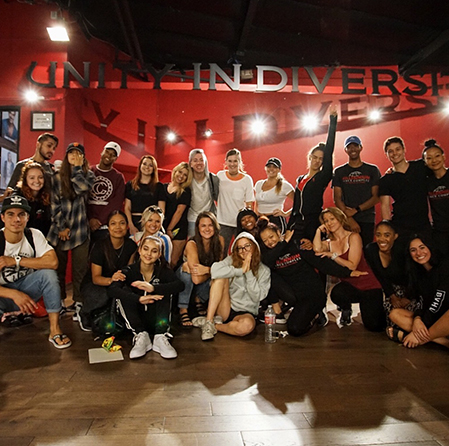
- Visibility: It may cost more to be in a highly-visible location, but it also makes for easier, passive marketing.
Remember that you will have monthly payments that you will have to meet. Be very clear with your landlord on what those are upfront, along with any unforeseen payments that could come along. If you decide to buy the building, keep in mind that you will be responsible for maintenance costs.
6. Develop Your Systems And ProcessesIt’s time to make a plan for running your studio once it opens. This is separate and more detailed than your business plan, but it’s just as important.
Note too that the more organized you make your processes and systems at the beginning, the fewer people you will need to hire to carry them out. This is why so many dance studio owners use dance studio management software. It not only provides them with a guide to carry out their management duties and market their studio, but it also allows for a smaller staff and lower labor costs.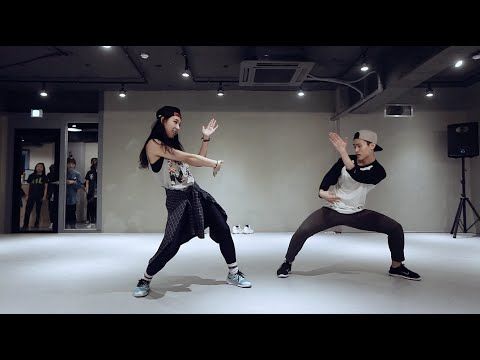 It streamlines their daily tasks so they can focus more of their attention on the fun parts of running a dance studio. You can learn more about choosing the best dance studio software here.
It streamlines their daily tasks so they can focus more of their attention on the fun parts of running a dance studio. You can learn more about choosing the best dance studio software here.
Before your grand opening (and even hiring), consider the systems and processes you’ll have in place for the following.
Automating your administrative tasksEnrollment, billing, and other tasks can be carried out through dance studio software. Organize everything into one place that you can access with a click of a button.
Some tools can also analyze your data and track trends in your business over time so you can make well-informed decisions as you move forward. Because of this, it’s best to have this tool in place from the start. You can learn more about the benefits of an online registration process here.
Offering seamless payment optionsYour customers expect payments to be easy and built around the types of payment options they already use every day. That means offering debit and credit card payments, whether in-person or online.
That means offering debit and credit card payments, whether in-person or online.
Make it even easier for customers with set-it-and-forget-it options, like recurring automated billing and saved payment info. Learn more about payment processing for your dance studio here.
Setting up online dance lessonsOnline or virtual dance lessons represent an exciting new way to reach your students no matter where they are. Rather than face downtimes during long summer breaks or miss out on lessons due to other factors, these types of classes connect students with their teachers right from home! Many teachers also love these types of lessons, as it offers them more flexibility for teaching and studio time.
Today’s video streaming services make online dance lessons even easier. By using a system like Zoom, Google Meet, Facebook, or YouTube, you can connect instantly with students. Some dance studio software tools even offer virtual classroom management directly from the software.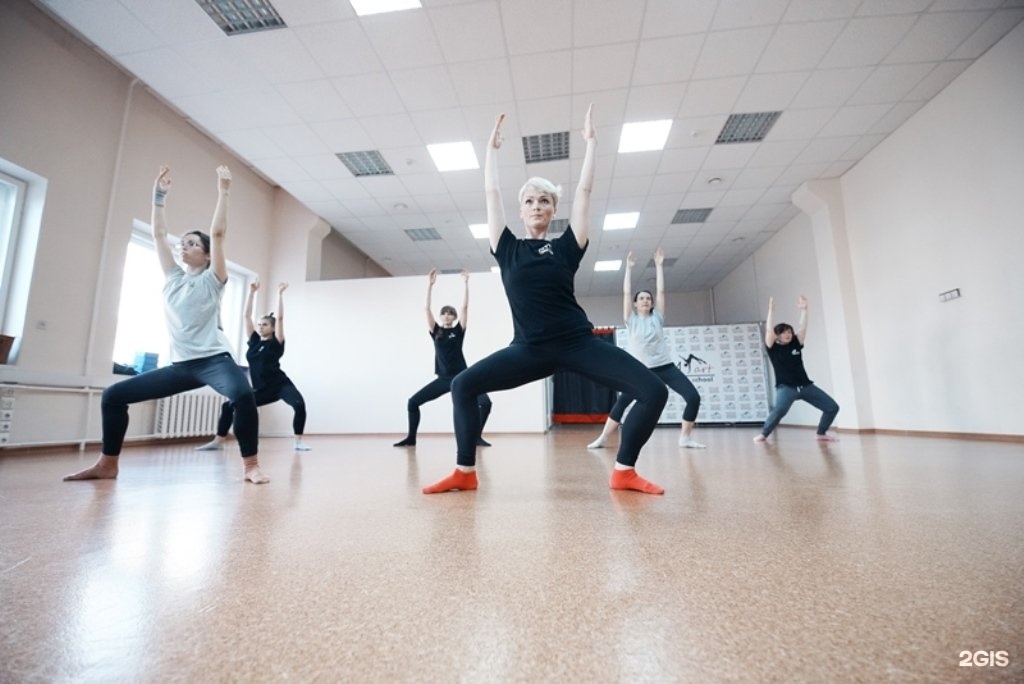 This allows students to sign up for an online class just like they would an in-person class, and provides set-up assistance for studios, teachers, and students.
This allows students to sign up for an online class just like they would an in-person class, and provides set-up assistance for studios, teachers, and students.
Learn more here.
Marketing your studioMarketing begins before you put together a business plan, but at this step be clearer about how you’ll market your studio (more on that below) and who will handle marketing for you. For example, you can handle these tasks, have a staff member handle them, automate some of these tasks with studio management software, or outsource it to a marketing agency.
Registering new studentsMake registration easy with a ready-made registration form. We have full details on what yours needs to include here. Likewise, studio management software can automate this.
Developing an annual calendarFigure out the major seasons for your studio. Consider separating your annual calendar into instruction periods, performances and recitals, and breaks, so students (and parents!) know what to expect each year.
Items like flooring, mirrors, and ballet barres are integral features of a dance studio. We go more in-depth into the purchasing choices and decisions behind each of those major features in the linked posts. Don’t stop there, of course. Make sure to decorate your dance studio so it invites creativity and movement.
Offering online dance lessons? Learn from other studio owners who expanded into virtual lessons to reach more students, provide more flexibility for their staff, and more. In this article, a studio owner discusses the specific logistics and set-ups they used to run these types of lessons successfully.
8. Hire Your Dance Studio StaffYou might not need a very large staff, especially when you first start out. However, keep in mind that you might not have time to actually teach many classes when you first open. As an owner, there may be too many tasks on your plate in the beginning. To that end, your first hire may be someone else to teach your classes, at least short-term.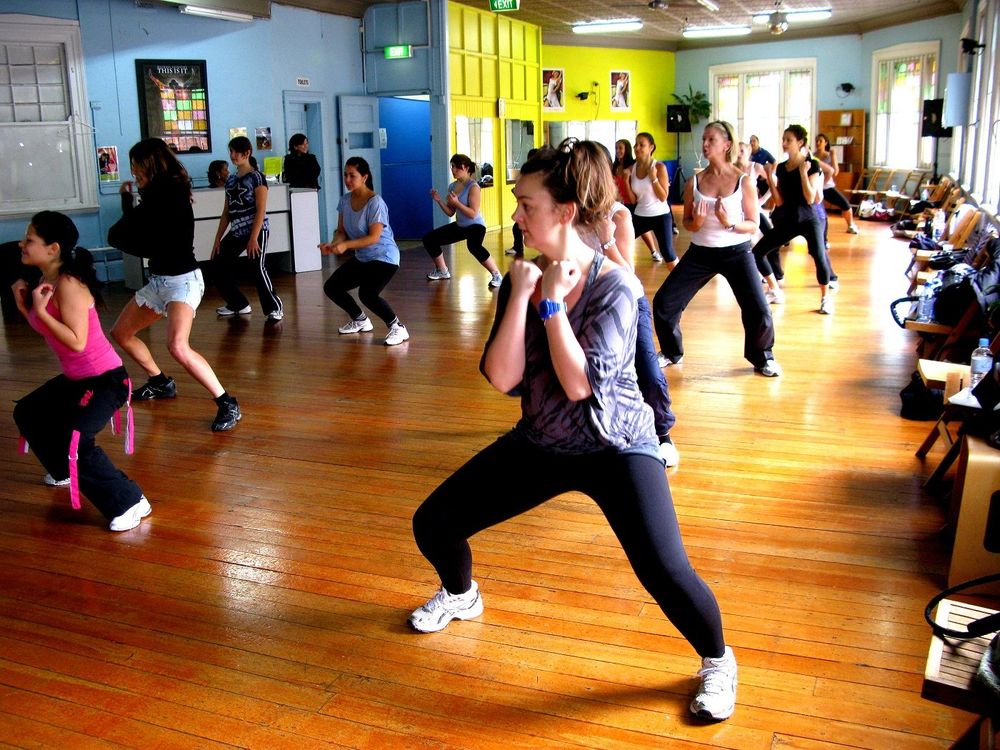 Another may help with front office and administrative tasks.
Another may help with front office and administrative tasks.
Whether you have one or many staff members, make sure everyone knows what’s expected of them from day one. You can accomplish this by:
- Making a clear outline of each position and what they do on a daily, weekly, and monthly basis
- Figuring out a recruitment process and using a trial period for new teachers and staff
- Creating a training manual with step-by-step procedures for new hires
- Using a standard dance teacher contract that formally defines pay, benefits, and your expectations
You may already have a good collection of people ready to sign up for your classes. Even so, it’s important to spread the word about opening your dance studio.
To start, your website is going to be your prime source for gaining new students. This is where parents will view your location information, contact info, positive reviews, class schedule, and more.
Beyond your website, your ongoing marketing tasks will include:
- Increasing word-of-mouth marketing and referrals
- Building your social media presence
- Growing your email list for future newsletters
- Gathering positive reviews on Google and social media
- Developing partnerships with local businesses and charities
Once you have these tasks set up, it’s time to market your official grand opening. Some ideas include running ads in local papers and on social media, having your students perform at outdoor events in your community, or finding small business events to participate in.
Find even more easy and effective dance studio marketing ideas here.
10. Start From A Place Of OrganizationThere are many things that will go onto your opening a dance studio checklist, many of which we couldn’t fit into this post. Still, we hope it has given you some insight into opening a dance studio.
As we’ve noted throughout this post on how to open a dance studio, one of the best ways to prepare is by investing in studio management software like the one we offer at The Studio Director.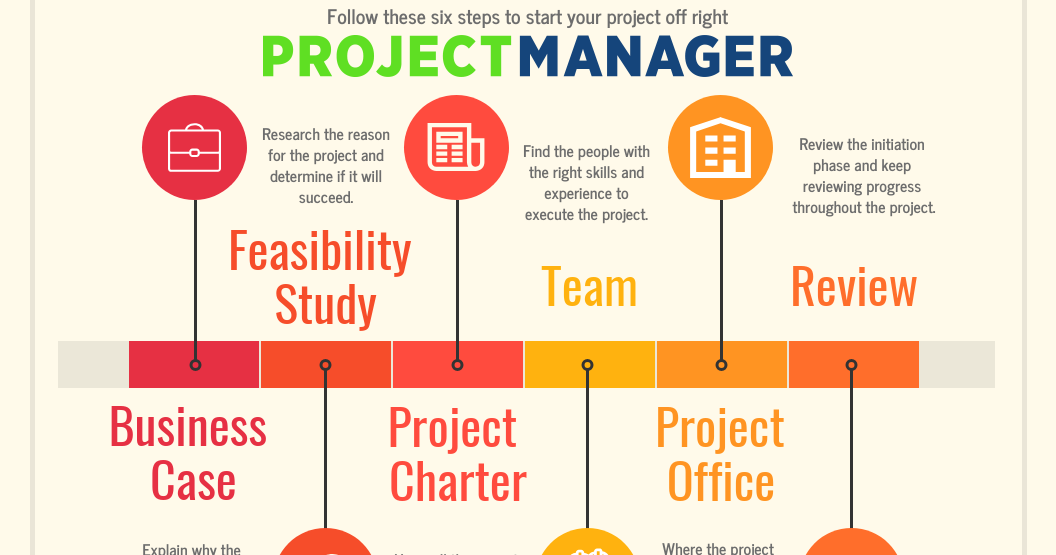 Not only does high-quality software keep your business in order, it helps with marketing and provides additional value to your customers with easy registration, payments, and more.
Not only does high-quality software keep your business in order, it helps with marketing and provides additional value to your customers with easy registration, payments, and more.
Any great studio management software will allow you to:
- Offer multiple types of payment options, online and in-person, seamlessly
- Organize your staff schedules and time-sheets
- Handle online registration, as well as costume rental and recital enrollment
- Track inventory if you sell merchandise
- Set up automatic email newsletters to new and existing students
- Allow customers to set up recurring or one-time payments
- Integrate the customer-facing functionality into your existing website or a dedicated mobile app
- Manage all of your data from a cloud-based system
People do not start a dance studio to focus on the administrative tasks. They do it out of love for their craft. Give yourself the opportunity to truly enjoy the studio you create by starting it from a place of organization.
Want to learn more about how The Studio Director can help you open a dance studio of your dreams? Request a personalized 1:1 demo or a FREE 15-day trial now.
Use These Tips for a Successful Dance Studio
Running a dance studio is a dream come true for you, but that doesn’t make it the easiest thing in the world to achieve. There are lots of things that will need your constant time and attention to ensure your success. What are they? Read on for everything you need to know to have the best dance studio in town.
Bring in Extra Income
Don’t get tied into only holding dance classes at your studio. How about ballet-themed birthday parties or fun corporate events where new hires get to know each other through dance? Get creative and your income will go up dramatically.
Get Your Name Out There
Your community might not know you exist if you never advertise. Get your name out there using flyers or offering one free class to people who sign up for a month. These little things won’t cost you a lot of money, but they can bring in huge amounts of revenue. Word of mouth is another great advertising tool, so ask your clients to share your name with their friends and family. At the same time, consider helping with a fundraiser to broadcast your name or donate classes to a silent auction to make your name known.
These little things won’t cost you a lot of money, but they can bring in huge amounts of revenue. Word of mouth is another great advertising tool, so ask your clients to share your name with their friends and family. At the same time, consider helping with a fundraiser to broadcast your name or donate classes to a silent auction to make your name known.
Have a Goal
When you have a goal, whether it’s how much profit you want to bring in each month or how many students you want to sign up for your classes, it gives you something to work for. Reaching a goal is incredibly satisfying and can really motivate you to turn your studio into the best one there is.
Hire the Right People
Even if you love your studio, you aren’t going to be there all the time. You will need days off, vacations or sick days. That means you are going to have to hire trustworthy people to work for you that are nearly as invested in the operation of your studio as you are.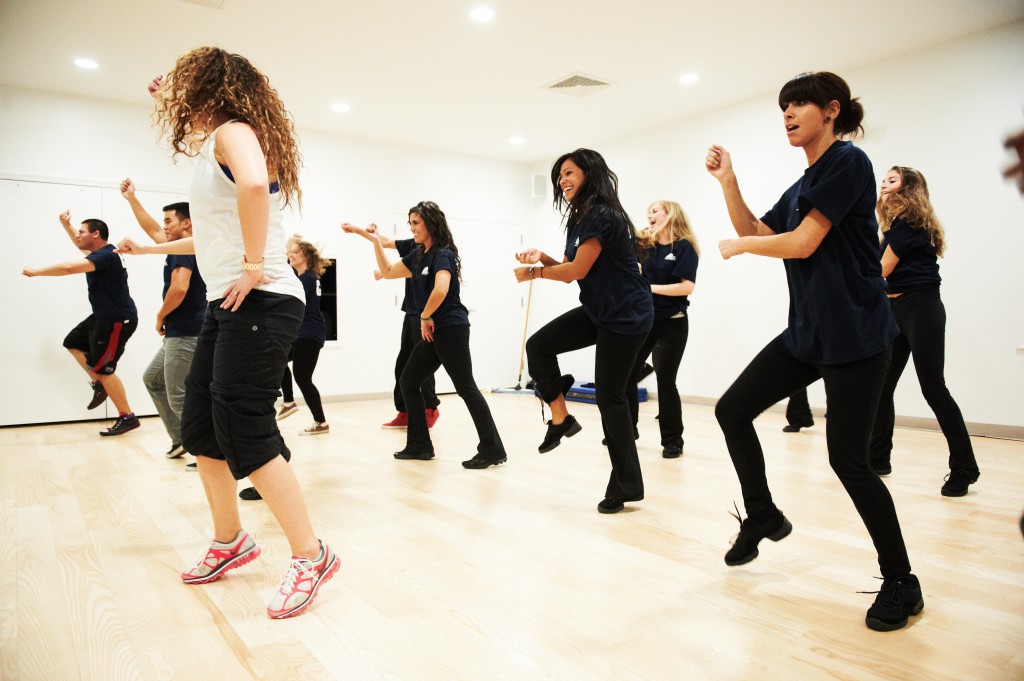 Your staff can make or break your entire studio, so take lots of time to research your prospective hires and be sure you choose the best person for the job.
Your staff can make or break your entire studio, so take lots of time to research your prospective hires and be sure you choose the best person for the job.
Don’t Forget to Network
You can certainly spend all your working hours in the studio building your business, but you can also get out there and network. Join groups of other dance studio owners and meet up to discuss things and commiserate. You can get some really good ideas for your studio this way and can get back into the office recharged and ready to grow your business. This is also a great way to have some people on speed dial to call when you need tips or advice.
Running your own dance studio won’t be easy, but it will be totally fulfilling. Keeping everything straight will be a challenge, so you’ll need a good studio manager software program like The Studio Director to keep all of your important data in one easy place. That includes client names, your mailing list, and the results of your events and advertising campaigns. That way, you can see what works and what doesn’t so that the office end of things runs smoothly and efficiently, leaving you plenty of time for the other things that matter – like dancing.
That way, you can see what works and what doesn’t so that the office end of things runs smoothly and efficiently, leaving you plenty of time for the other things that matter – like dancing.
How to open a dance school from scratch - an idea for business 2022
A dance school as a profitable business idea
Dancing is one of the most popular hobbies in the world. There is no limit to self-improvement in them, children and adults enjoy doing them almost all their lives. By opening a dance school, you will get a permanent audience and a stable income.
The cost of implementing a business idea and the profitability of dance schools
It is profitable to open a dance school in a large city, such as Yekaterinburg. There, it is able to bring from 50,000 ₽ of profit per month and pay off in 10 months. To increase income, you can hold thematic seminars, take orders for staging individual dances.
Costs for opening a dance school in Yekaterinburg:
| Expenses | Amount, ₽ |
| Opening IP | 10,000 |
| Repair and preparation of halls | 250,000 |
| Purchase and installation of equipment and furniture | 90 000 |
| Advertising campaign | 150,000 |
| Total | 500,000 |
Monthly expenses:
| Expenditure item | Amount, ₽ |
Rent of halls for classes from 125 sq.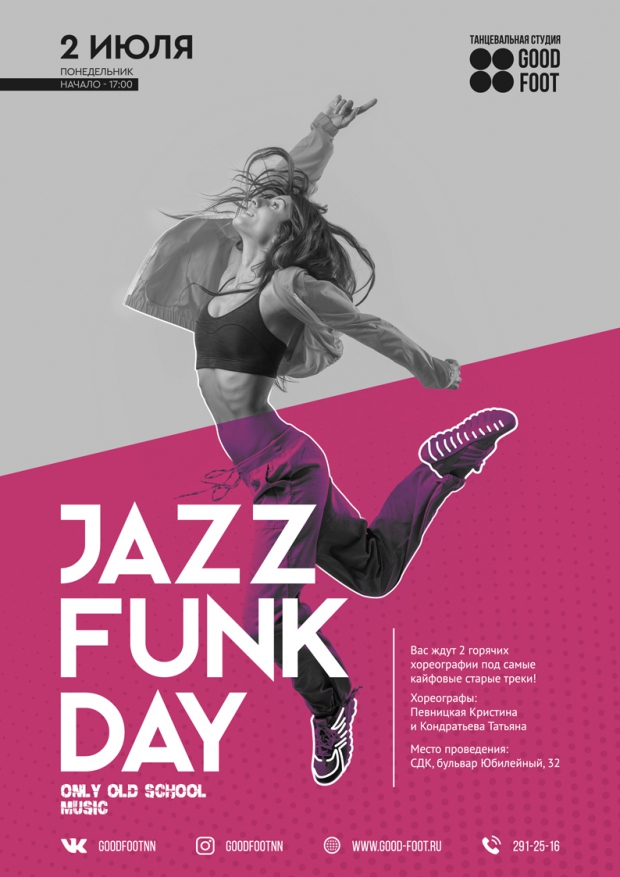 m. m. | 70 000 |
| Staff salary, minimum | 100,000 |
| Taxes, utility bills | 20 000 |
| Advertising, organizational and other expenses | 10,000 |
| Total | 200,000 |
Consider buying a franchise
Franchise "Vita Spa & Beauty" - SPA salon
1 570 000 ₽
Rating
Profit On request
Payback 7 months.
All franchise offers in this area (1)
What you need to open a business and run a school
You can register a dance school as an individual entrepreneur on the USN or UTII, indicating OKVED 92.34.2. Licenses and cash registers are not needed for work, but you will need:
- Obtain an IP certificate
- Obtain permission to open a school and place a sign in the city administration
- Agree on the possibility of operating the premises in Rospozharnadzor, SES
- Enter into agreements with the landlord and employees
Coaches working with children need medical records with notes on medical examinations passed on time.
Requirements for the premises
It is better to open a dance school in the central area, close to major transport interchanges or in residential, densely populated areas where many adults live with children of different ages. Strict requirements are imposed on the premises:
- The presence of halls with an area of at least 80 square meters. m
- Arrangement of ventilation and air conditioning systems, bathrooms, shower cabins
- Establishment of separate dressing rooms - men's and women's, at least 10 and 15 sq. m respectively
- Allocation of a hall and a recreation area with a size of at least 20 sq.m
You can rent an already prepared room in specialized fitness and business centers, but the rental price will be higher than for an unequipped hall.
Preparing the halls and rooms for work
The practice halls need to be renovated:
- Lay a safe floor covering (dance parquet, board)
- Make cosmetic repairs, hang mirrors throughout the wall
- Equip halls with ballet bars, pylons and other devices for selected types of dances
- Place musical equipment, hang speakers
- Equip locker rooms with hooks or lockers, benches, place upholstered furniture in the recreation area, and an administrator’s desk at the reception
Staff
Good trainers are the defining factor for a dance school.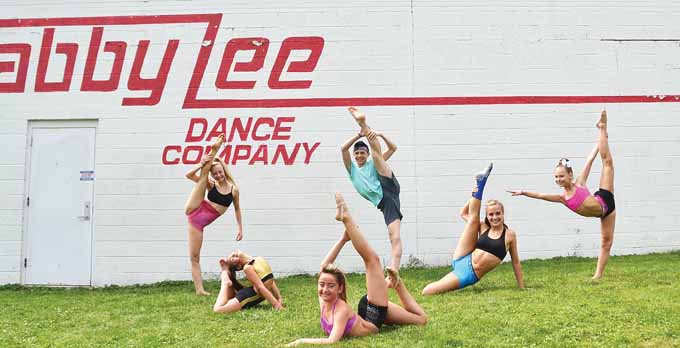 They ensure the influx and loyalty of students, help in advertising with the help of word of mouth. It is good if the owner himself works as a coach and conducts classes. For a dance school you need at least:
They ensure the influx and loyalty of students, help in advertising with the help of word of mouth. It is good if the owner himself works as a coach and conducts classes. For a dance school you need at least:
- Three hourly trainers — from 60,000 ₽ and more
- Administrator — 25 000 ₽
- Cleaner — 10 000 ₽
- Outsourcing accountant serving individual entrepreneurs — 5,000 ₽
Advertisement for a dance school
Primary advertising campaign should include notification in social networks and city entertainment portals, ordering printed announcements about the opening of the school. In the future, you need:
- Make a sign on the building, put a remote shield in front of it
- Regularly hand out leaflets with the address and offers of the school, flyers for discounts near schools, office and shopping centers
- Conduct dance evenings, participate on behalf of the school in city entertainment events
Advertising examples:
Sample dance school poster Sample dance school flyer Sample dance school flyerComparing the cost of starting a dance school from scratch to acquiring an existing studio:
| School opening costs — 500,000 ₽ | Purchase of a popular dance school in the center of Yekaterinburg — 420,000 ₽ |
| Estimated profit — 50,000 ₽ | Confirmed profit — 70 000 ₽ |
| Average monthly expenses — 200,000 ₽ | Average monthly expenses — 100,000 ₽ |
| Payback - 10 months | Payback - 6 months |
| Requires investments in the preparation of the premises, obtaining many permits, looking for trainers and clients | The school has been operating for 7 years, a customer base of adults and children has been formed, halls of 130 square meters are fully equipped. m. m. |
Taking into account the complexities and costs of preparing the premises, expensive rent and the need to develop a client base, it is more profitable to start a business with a ready-made business. It pays off faster and brings more profit.
profitability, work with teachers, promotion, difficulties and mistakes
Irina Malchukova
opened a dance studio twice
Author profile
Eight years ago I opened a dance studio in a small metallurgical town where there was nothing like it at that time.
During its existence, the studio went through several relocations, seriously went into the red twice, but in the end it remained a successful business, and then I sold it. I’ll tell you how everything was, what worked for me and what didn’t work out.
Why I decided to open a dance studio
The story began in a standard way: since childhood, I dreamed of dancing and for a long time persuaded my parents to take me to a choreographic studio.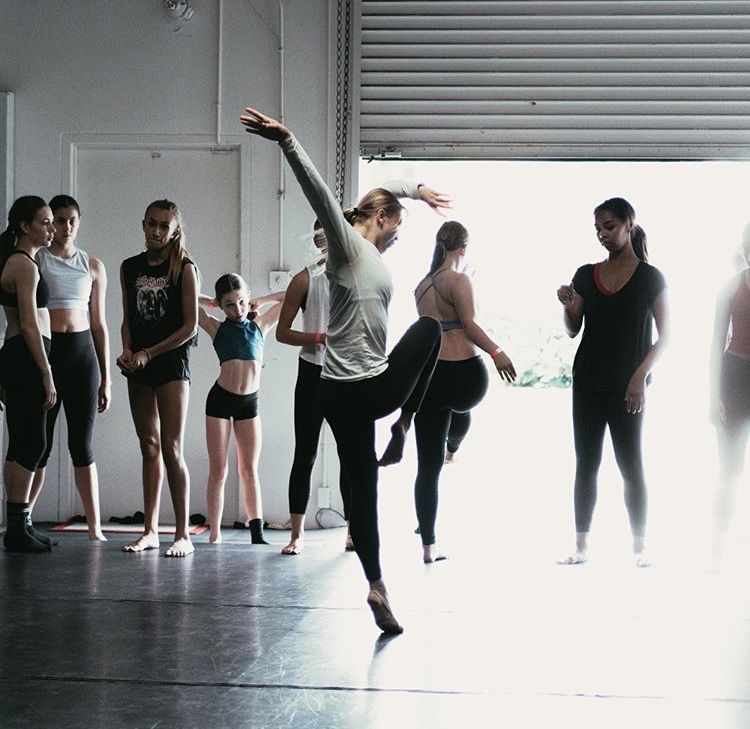
There were no holidays, vacations or birthdays in the studio. It was possible to miss a training session only in two cases, as the coaches joked: he fell ill or died. The rest of the reasons were not considered valid, and it was possible to fly out forever.
Later, I appreciated the strict discipline and exactingness of the teachers. Thanks to them, I can easily control myself, concentrate on any, even unpleasant, business, and bring everything to the end.
This helped a little in business: I could work 10-12 hours a day without days off and holidays.
After graduating from school, I thought that dancing is a hopeless field, so I need to get a different education and build a career. I studied to be an economist and during my studies I managed to work in a trading company, a women's correctional colony and a large network company.
But I was bored doing monotonous activities and being subordinate to someone, I wanted to embody my ideas. In 2009In the year I decided to take a part-time job as a dance coach, and since then a completely different life has begun. I started working in the then popular areas: strip plastic, stretching, go-go, I also taught regular dances to children and was a group program coach in fitness rooms.
In 2009In the year I decided to take a part-time job as a dance coach, and since then a completely different life has begun. I started working in the then popular areas: strip plastic, stretching, go-go, I also taught regular dances to children and was a group program coach in fitness rooms.
I enjoyed teaching people and putting numbers, inspiring others to accomplish things, raising disciples, and achieving results with them. It's like a coach's job: he gives his whole soul and nurtures champions.
Almost as soon as I started working as a trainer, I wanted to open my own studio. I didn't like the set boundaries and the backward approach to business. In the dance schools where I worked, there were outdated areas that were out of fashion for a long time, such as aerobics. Classes were held without requirements for students and without results: we did not put numbers and did not participate in contests or competitions. There were no opportunities for growth for teachers or students.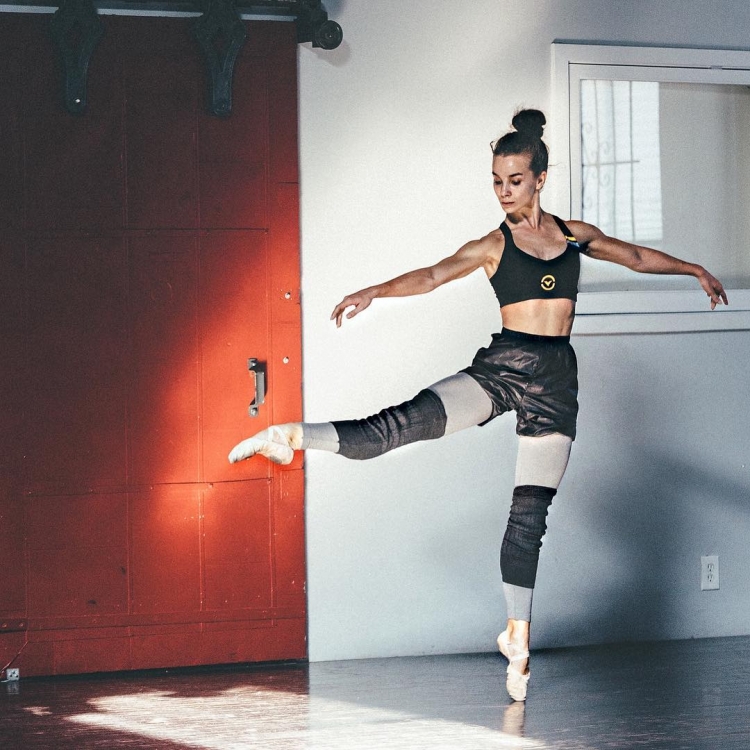
/twerk/
How to start twerking, how much does it cost and why shake your booty at all
The business itself was not service oriented. Schools did not develop, did not innovate - they simply worked for decades according to the old scheme. Several times I came with fresh ideas, for example, to shoot a video clip, but all this was perceived by the management with hostility.
In 2012, I graduated from the institute and received a diploma in economics. I had a choice: to leave for another city, because there were no prospects in mine, or to go work in the dance field abroad, or stay here, but do my own project.
I dreamed of creating a project from scratch on my own: thinking about how to plan and conduct classes, presenting the design of the studio, tracking down the mistakes of others. All these thoughts were constantly spinning in my head, day after day I lived only with this idea, remembering what not to do or what can be improved.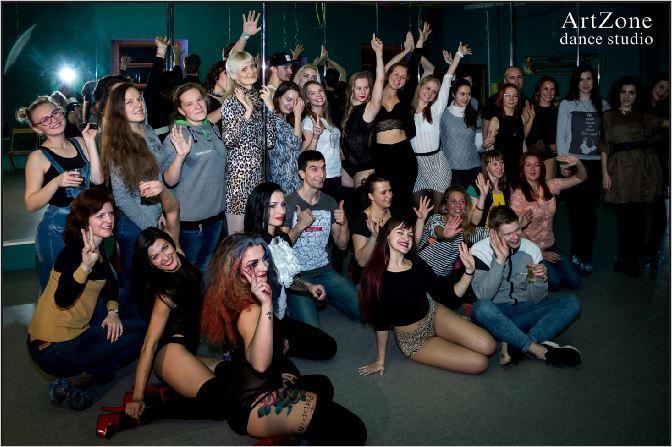
After graduating from the institute, I myself learned about a new direction - half-dance, this is dancing with tricks on a pole. It seemed to me interesting and promising, there was nothing like it in our city. I decided that the idea would shoot and attract people due to its novelty. Three years after I started working as a trainer, I launched my own studio.
What is half-dance
Half-dance is close to strip plastic, but unlike it, the purpose of the dance is not to seduce, but to show acrobatic skills. The movements in strip dance are soft and smooth. And half-dance is the same gymnastics, only not on a beam or rings, but on a pylon. On it, dancers perform circus and power elements.
In my city, metallurgists have not even heard of such a direction, but in Russia and around the world in the 2010s, half-dance just became a trend. At that time, I already had a large client base from dance schools and fitness centers where I had worked before, many students asked when I would open my own gym.
| Pole dance combines elements of choreography, gymnastics, acrobatics | There is also a separate sports direction in the world - pylon sport, which belongs to air power athletics |
Before I opened my studio, I took pole dance training in Yekaterinburg twice - it was the school closest to me where this direction was taught. And there lived a friend with whom I could stay.
The first time I went was in January 2012, and then back in May, before the opening of my gym. I studied for a week every day for many hours, attended master classes. For the first time, the director of the studio gave me a discount on acquaintance, and the training itself cost only about 10,000 R. The second time I spent about 17,000 R: the cost of the training itself increased, and there were more additional expenses for food and travel.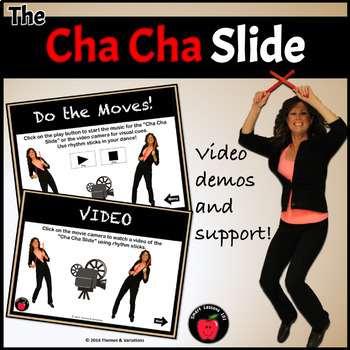 Both times I received certificates.
Both times I received certificates.
27,000 R
I spent on additional training in pole dance
There were no competitors in my city at that time. We had only seven dance studios: three taught street dances like hip-hop, breakdancing and locking, the rest were aimed at children, taught modern and classical choreography and ballroom dancing. In fitness clubs, they mainly taught go-go and oriental dances. I decided to take a risk and become the pioneer of a new direction in the city.
First Studio: 3m Ceilings and a Stolen Idea
In May 2012, I started looking for a space to launch the project just in time for the start of the school year. I discussed all the details like equipment, technical issues and the learning process with the directors of the studio in Yekaterinburg when I studied half-dance there.
The room had its own requirements:
- Ceiling height - at least 3 meters, so that poles - pylons can be installed.

- The ceiling slab must not be hollow, but must be at least 30 centimeters thick. The pylons must withstand a weight of up to 150 kg. If the ceiling is thin, the mount simply won't hold up.
- Rent — up to 15,000 R per month. In my experience, it would be difficult to cover the amount higher with the number of subscriptions, and if something happens, I could find that kind of money to cover a failed month.
/dogovor-arendy/
What should a business consider when signing a lease
Not all landlords agreed to damage the ceiling, the thickness of the ceiling was not always suitable for my needs.
The deal failed with the first hall. Due to the peculiarities of the ceiling, an additional structure had to be made there. The landlords agreed to do it themselves, and I would have paid for the work, but at first they doubled the price, then increased it even more, and then refused to cooperate at all.
A few months later, I found out that they wanted to steal my idea and open a similar studio.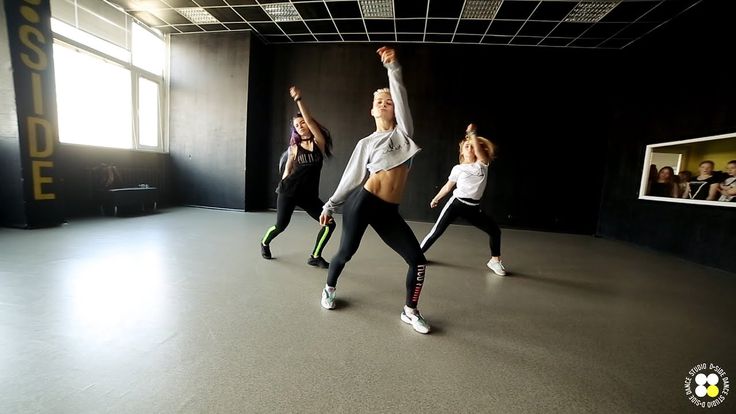
Fortunately, their attempt failed: they could not find the appropriate teachers, because only I had such a certificate and knowledge in the city. But the problem with the hall remained: I was already promoting a group on Vkontakte and recording for the academic year. The students were actively recruiting, but I had nowhere to receive them.
I couldn't just make excuses by telling a story about unscrupulous landlords and kept looking everywhere I could: on websites, in local newspapers, driving around the city, looking for signs about rent.
As a result, the opening had to be delayed for two months: due to the specifics and restrictions on the rental price, the premises had to be searched for almost six months. A former colleague helped: he learned from mutual friends that I was opening a studio, and his friend was just renting out a small hall.
We agreed that part of the repair costs will go towards rent. I did a facelift in a few days and bought equipment.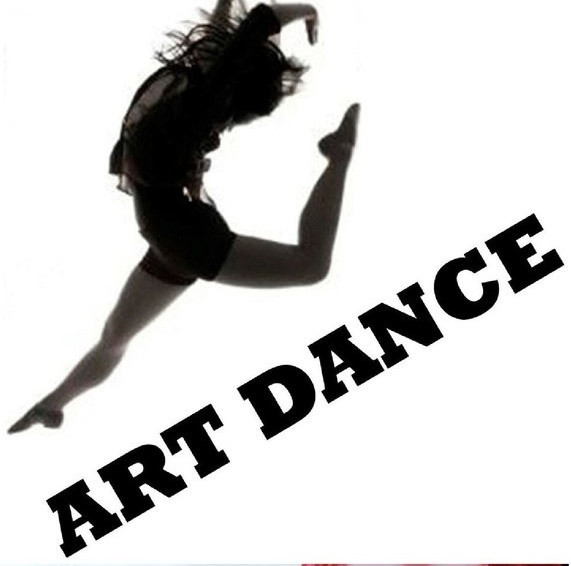
I did the repairs on my own — for example, I painted the walls myself. If it was necessary to attach pylons and arrange heavy furniture, then she called for help from familiar men. They spread linoleum on the floor and nailed it in places.
Pylons are installed quite quickly if there are no problems with the ceiling and floors: you need to drill a hole, attach the pylon, level it, and that's it. Detailed installation instructions are always attached to the pylons. We set up the first pylon in 2-3 hours, the rest were faster.
An important part of the cost for a dance studio is mirrors. They were made in a local company in my city to order. I ordered one-piece large mirrors to the floor. Due to the large size, there were difficulties with transportation: a special vehicle with equipment for transportation was needed - plastic windows are usually carried in such vehicles.
They could not be moved or installed by one person, and they could hardly fit into the aisle.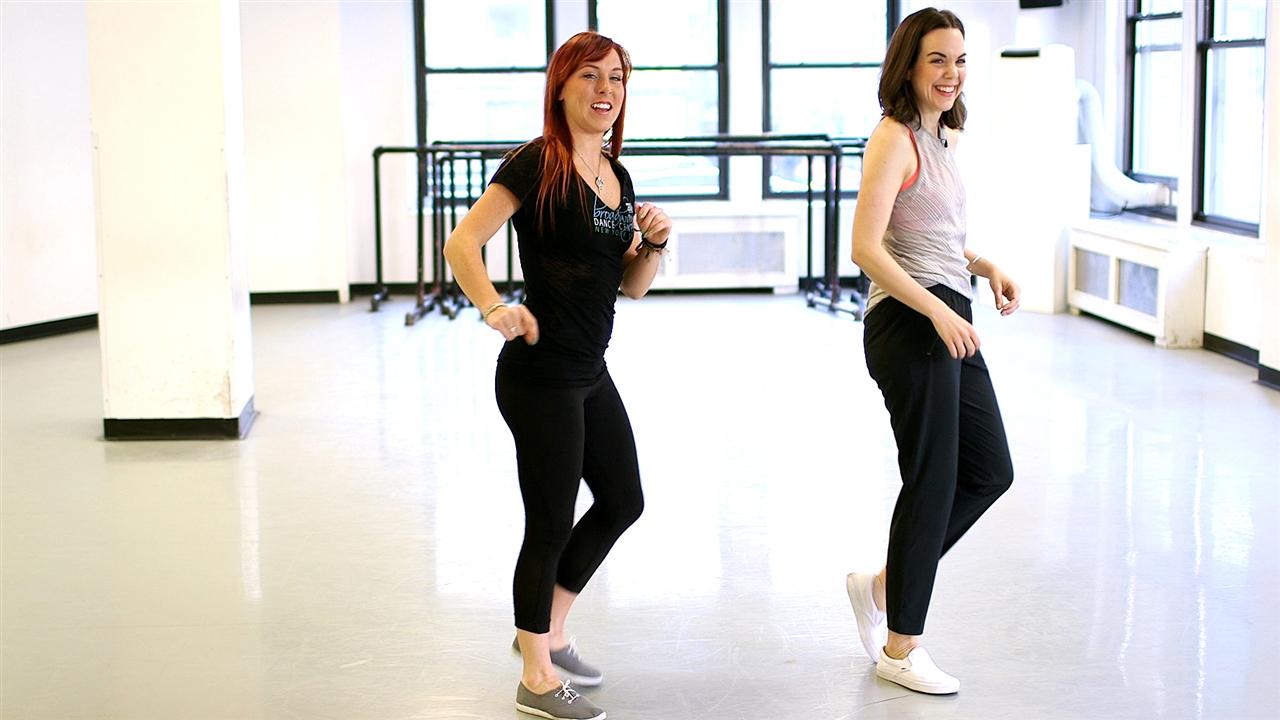 Plus, there were difficulties with fixing: if the wall was not perfectly even, then any slightest deviation could be seen in the mirror - at the joints, in reflections.
Plus, there were difficulties with fixing: if the wall was not perfectly even, then any slightest deviation could be seen in the mirror - at the joints, in reflections.
But the mirrors themselves were excellent, and then I transported them to new studios, breaking the part along the way and ordering new ones. As a result, my friends came up with the idea of custom-made huge plastic frames, like for plastic windows, where we inserted mirrors. So they were easier to transport and install.
For a pylon, a hole is drilled in the ceiling slab and fixed with screws. If the ceiling is not strong enough, the pole may come off during the trick and cause serious injury. Source: Pole4you This is what the studio looked like after the repair - huge mirrors were made to order at the local production At the same time I registered an LLC, I was the sole founder. I chose LLC because I planned to open branches in other cities - it seemed to me that it would be easier to do this than with an individual entrepreneur.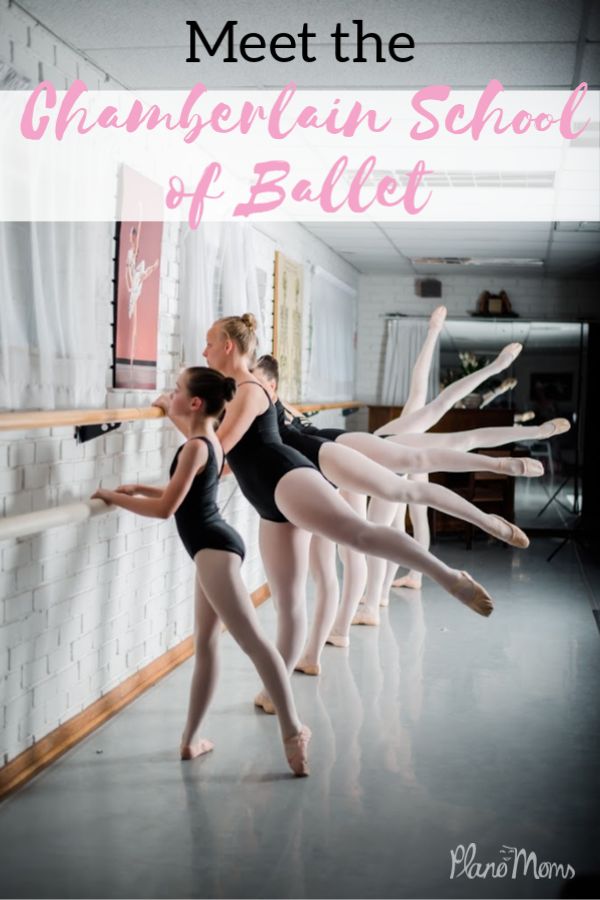
By the way, it would be better if I opened an IP. The LLC was not useful to me later, I had to close it, and this is more difficult than an individual entrepreneur. In the second hall, I had to negotiate with the landlord so that he would give me a legal address. He reluctantly agreed, and I had to pay for it. The LLC also needs to submit a large number of reports, but I did not have the necessary accounting knowledge. Until I hired an outsourced accountant, there were delays in submitting reports and fines.
/ooo-na-divane/
How to register an LLC from home
I opened the studio at the beginning of November. I was ashamed in front of the students, but they waited and almost all of them came.
To open a studio, I took a loan, so after the opening, most of the proceeds went to payments to the bank - 20,000 R per month. For the entire time the business has been running, I have taken several loans, on average, 30,000-50,000 R for a period of 3 to 5 years. The total amount of all loans was 200,000 R.
The total amount of all loans was 200,000 R.
Expenses for opening a studio in 2012 — 200,000 R
| Equipment: mirrors, pylons, fixtures | 95 000 R |
| Cosmetic repairs: wall painting, flooring | 53 000 R |
| Training and professional development before the opening of the studio | 27,000 R |
| Bathroom renovation | 14 000 R |
| Music center, locker room furniture, hangers at the entrance and other small items | 11 000 R |
Equipment: mirrors, pylons, fasteners
95 000 R
Cosmetic repair: wall painting, floor covering
53 000 R
training and advanced training before opening the studio
9000 000 RSanuzla
repair14,000 R
Music center, locker room furniture, hangers at the entrance and other trifles
11,000 R
How much did I earn
The first studio was small — there were only three pylons, and I could not teach more than an hour six or seven people.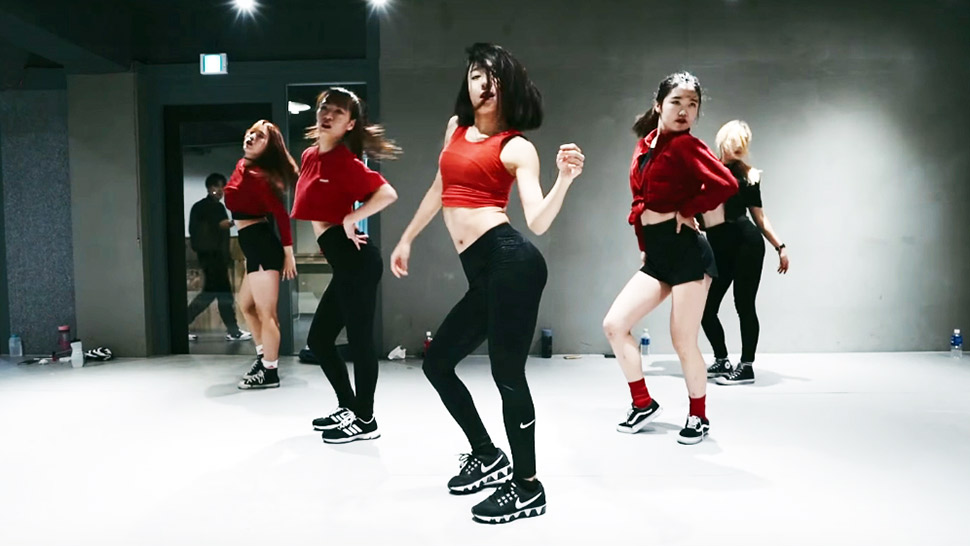 This allowed the studio to earn an income of about 65,000 R per month.
This allowed the studio to earn an income of about 65,000 R per month.
There were two main sources of income: group and personal lessons.
Group lessons were by subscription only. The most popular, for eight classes a month in the evening, cost 1800 R. Evening is considered the most profitable time, because more people come. There was a small discount for the daytime.
Personal lessons were by subscription and one-time. A subscription for eight classes cost 3000 R, a one-time visit - 500 R. At first, the income from personal classes was small: with group classes, I did not have time to take more students. When more teachers appeared, I could only go to personal classes, and the revenue from them reached 30,000 R per month.
Alcohol was a regular waste: it is used to rub the surface of the pole to remove dirt and sweat and improve adhesion to the skin. Alcohol had to be bought in canisters from doctors I knew - we needed a concentration of at least 70%, and this is not for sale in the public domain.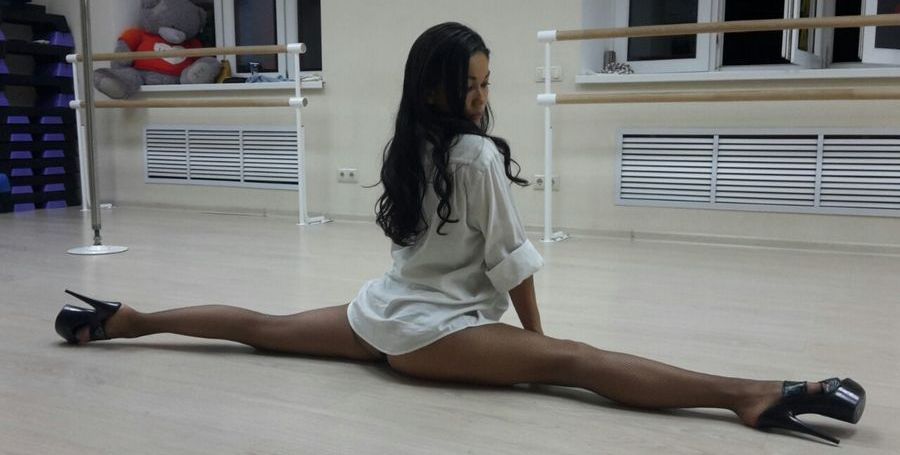 It took 2000 R per month.
It took 2000 R per month.
The largest turnover was from spring 2013 to spring 2014: 140,000-170,000 rubles. And the largest net profit was about 60,000 rubles.
Revenue for December 2012
| Subscription for 8 lessons | 27,000 R |
| Subscription for 12 lessons | 12 500 R |
| Subscription for 16 lessons | 12 000 R |
| Day group | 8000 R |
| Personal lessons | 5000 R |
| Total | 64 500 R |
Subscription for 8 lessons
27 000 R
Subscription for 12 classes
12 500 R
Subscription for 16 lessons
12 000 R
Day group
8000 R
Personal classes
5000 r
64 64 500 500 500 500 500 500 500 500 500 500 500 500 500 500 500 500 500 500 500 500 500 500 500 500 500 500 P
Studio expansion: moved four times in five years
The studio lasted only six months in the first building: the landlord changed plans and we had to move out.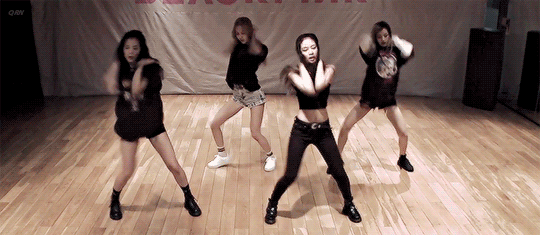
I already wanted to move out myself, because the room was small and I could not train more than seven people in an hour. To support myself, support the studio and repay the loan, I needed to sell 20-30 subscriptions a month. If I bought less, I no longer had enough money for all expenses. It was necessary to expand and increase income, and for this, another room was needed. In just five years, we moved four times - each time to a new area of the city.
In March 2013, I took away the rugs and the music center and moved to another room - almost three times bigger than the old one. I had to take out a loan again, because the old pylons did not fit in height. For 150,000 R I bought five new pylons and changed the flooring. The move cost 300,000 R, including rent for two months.
300,000 R
I spent on moving
There were no problems with buying poles: even then in Russia there were several specialized companies that produced professional poles for dance studios.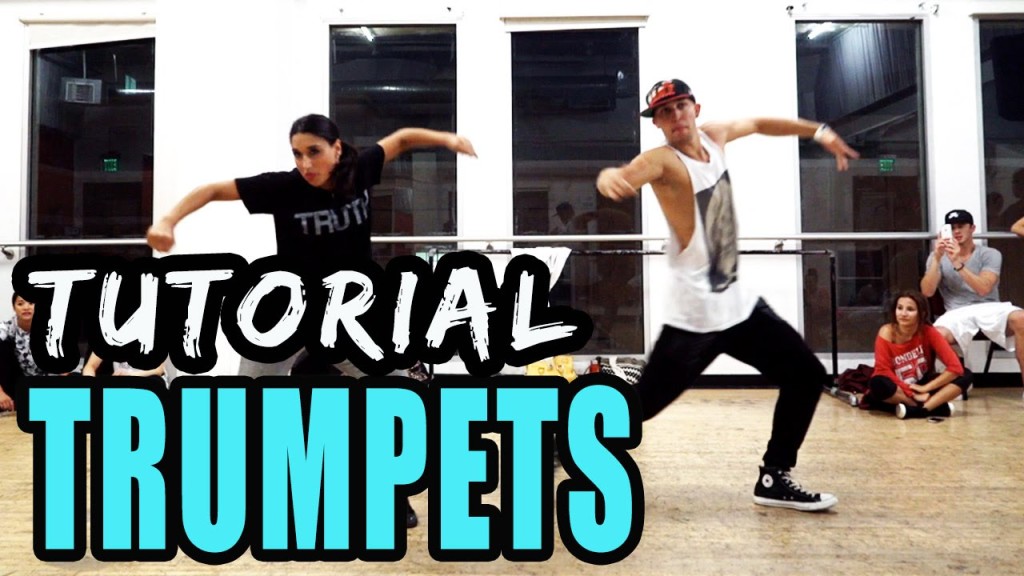 The best and most famous is located in St. Petersburg - Pole4You. You place an order on the website, choose a convenient delivery method - I had "Business Lines" - and they send it. Two weeks later I received the pylons.
The best and most famous is located in St. Petersburg - Pole4You. You place an order on the website, choose a convenient delivery method - I had "Business Lines" - and they send it. Two weeks later I received the pylons.
| Lesson in the second hall after renovation. The floor had to be re-laid - it should be soft high-quality linoleum so that the students do not hit their knees and do not get hurt when they fall | This is the third hall we have moved to. There I seriously invested in repairs, laid carpet on the floor, repaired the locker room and shower for students and teachers |
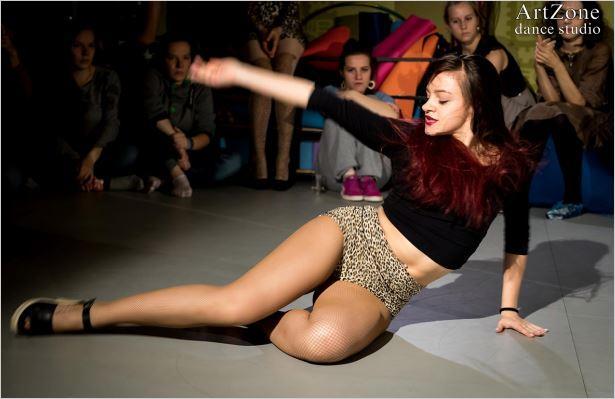 In the third hall, they made a bright panel on the wall. I was the first in the city to start teaching half-dance, so this particular dance is depicted on the panel
In the third hall, they made a bright panel on the wall. I was the first in the city to start teaching half-dance, so this particular dance is depicted on the panel The rent of the premises was three times higher than the previous one, the communal apartment was included in the price. In addition, you had to pay for security. All together it cost me 50,000 R.
There were no cheap premises, so the choice was either to continue or give up the dream. I decided to take a risk, and the risk was justified: the business grew rapidly. After the move, we already taught 10-12 students per hour and earned an average of 150,000 R per month.
How I built my work with teachers
I recruited teachers from former students: I chose those who had the potential for this or that direction, loved classes and knew how to communicate with the team. There were three main teachers, I took one or two more for additional directions like go-go.
She tried to make the work of teachers a pleasure: she gave salaries higher than the market, bonuses, paid for their training and advanced training, and gave part-time jobs.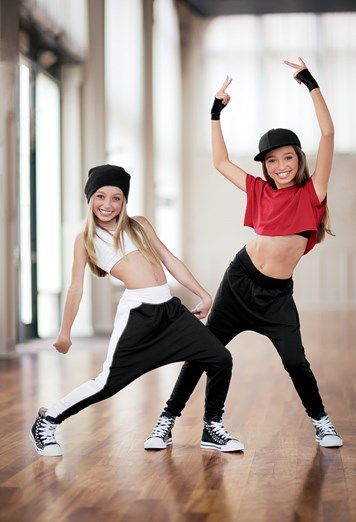 The average salary in the city for teachers at that time was 2500-4000 R per month for 2-3 lessons per week. I paid 7000-8500 R, if I gave out a bonus, then it came out about 10,000-11,000 R. I gave out bonuses to those who attracted new students to their classes and, most importantly, kept new students. Or those who came up with something interesting like New Year's contests.
The average salary in the city for teachers at that time was 2500-4000 R per month for 2-3 lessons per week. I paid 7000-8500 R, if I gave out a bonus, then it came out about 10,000-11,000 R. I gave out bonuses to those who attracted new students to their classes and, most importantly, kept new students. Or those who came up with something interesting like New Year's contests.
Teachers went to Yekaterinburg to improve their qualifications. It cost me 500-3000 R per person. I myself taught until the fall of 2013, and then I decided to leave only to manage the studio, since classes took time and effort.
Promotion: mostly word of mouth worked
The very first I had a group in Vkontakte — I started recruiting the first students even before the opening of the studio from former students. When I started to develop the group, I asked my friends to join it and make reposts, every day I posted posts, photos and videos to attract people. About a year later, the group had 1000 subscribers, and since 2013 it began to develop actively.
The popularity of the project was also influenced by the uniqueness of the project: half-dance in the city was a new exotic direction, people from the media sphere became interested in this.
/marketing-ads/
Basics of marketing for business: advertising
My main clients were girls 25-35 years old with an average income and a little higher.
Here's what I used to promote.
Regularly updated accounts on Vkontakte and Instagram. I photographed a large, beautiful, spacious hall with high pylons, people reacted and signed up for classes. We wrote about the studio every day, posted posts, asked all our acquaintances and friends to tell about us.
Involved in the promotion of the community of teachers. In the new room, I already taught with three coaches, whom I found among former students. They posted recruitment announcements for groups on their social networks, made photo sets and videos for Instagram. Friends of acquaintances came - it turned out such a word of mouth.
Friends of acquaintances came - it turned out such a word of mouth.
Made a website for the studio. It cost about 13,000 R. I made a beautiful clip on the main page, added photos, information about teachers and a class schedule. After the site appeared, calls began to arrive twice as many.
13,000 R
I spent on the site
I invited photographers and cameramen to work on a barter basis. The direction was new in the city, so they were interested in working with us free of charge. Sometimes they did provocative reports like "Half-dance: striptease or art?", but in any case, publications brought us fame. There were about 15 permanent photographers.
Photos from the performances of studio teachers at concerts and events. These are dances on canvases. Photo: Dmitry Kaiser| An example of a photo shoot that we came up with with a photographer. Photo: Dmitry Kaiser | For them, it was new and unique content that no one else had done in the city. Photo: Dmitry Kaiser Photo: Dmitry Kaiser |
Placed ads about the studio. I have published on local sites, 2GIS, Flampe and Avito. She advertised several times through Yandex Direct. Local sites and 2GIS did not give any results, but promotion through Yandex Direct and Google Ads worked.
I was engaged in promotion, at the very beginning I asked a friend to figure it out and help set up advertising. Usually, new campaigns were launched before the season - at the end of summer to attract students for the new school year, and at the end of winter to attract people for the spring. The advertisement lasted 1-2 weeks, the average campaign budget was 7000-15 000 rubles. We did not have to negotiate with them: they themselves found out that a new dance style was being taught in the city, and they wanted to talk about it.
Development of the studio: new directions in the city
Everything was spinning at breakneck speed. Soon I brought new dance styles to the city: aerial gymnastics on canvases and acrobatics on the ring. This trend had already begun in Yekaterinburg, and I knew that it would soon come to our city. It was necessary to have time to be the first.
At first, all this was not in demand, because it was hard and difficult for the students. It is very painful to practice on the ring and canvases: after the lesson there are huge bruises from hoops and burns from the fabric.
Imagine: you are hanging in the air and you are being held by a rag digging into your body.
But then the direction unfolded: beautiful photosets and clips with dances on canvases appeared in all social networks, competitions began to be held in cities, dance studios made enticing advertisements.
I was the first to develop this direction in the city, so the students immediately came to me. Once I organized a competition to draw attention to dancing on canvases: for the best photo on canvases, I gave a subscription to eight classes in the studio.
From the outside, these dances seem dangerous, but there have never been any accidents in my classes. Classes are necessarily held with special mats that soften the blows if someone suddenly falls. Teachers are trained and know how to avoid injuries. Before the start of classes, my clients got acquainted with the instructions for safety rules and signed it. Nevertheless, adults understood their responsibility, no one took risks once again.
For classes on canvases and rings, you need to buy additional anchors - these are such fixtures in the ceiling - and soft mats on the floor for safety In general, there are few incidents in this area. I heard only about one case: in Yekaterinburg, a girl flew off a pylon and broke her arm. But it was a pylon of a different design - a portable one that stands on the podium. It is less stable than a pylon bolted to the floor and ceiling in a studio.
I heard only about one case: in Yekaterinburg, a girl flew off a pylon and broke her arm. But it was a pylon of a different design - a portable one that stands on the podium. It is less stable than a pylon bolted to the floor and ceiling in a studio.
At first I was looking for teachers at the local circus school, we have a pretty strong one. But we worked with them for a couple of months and did not agree, so I sent several students to study in Yekaterinburg at my own expense - so that they could conduct classes.
44,000 R
I spent on the introduction of a new direction
The introduction of new directions cost 44,000 R: 38,000 R was spent on canvases, anchors and rings, another 6,000 R were spent on training teachers.
Children's dance school and missed grant
My students and parents of former students regularly asked to open dance classes for children: variety dances, stretching, modern choreography.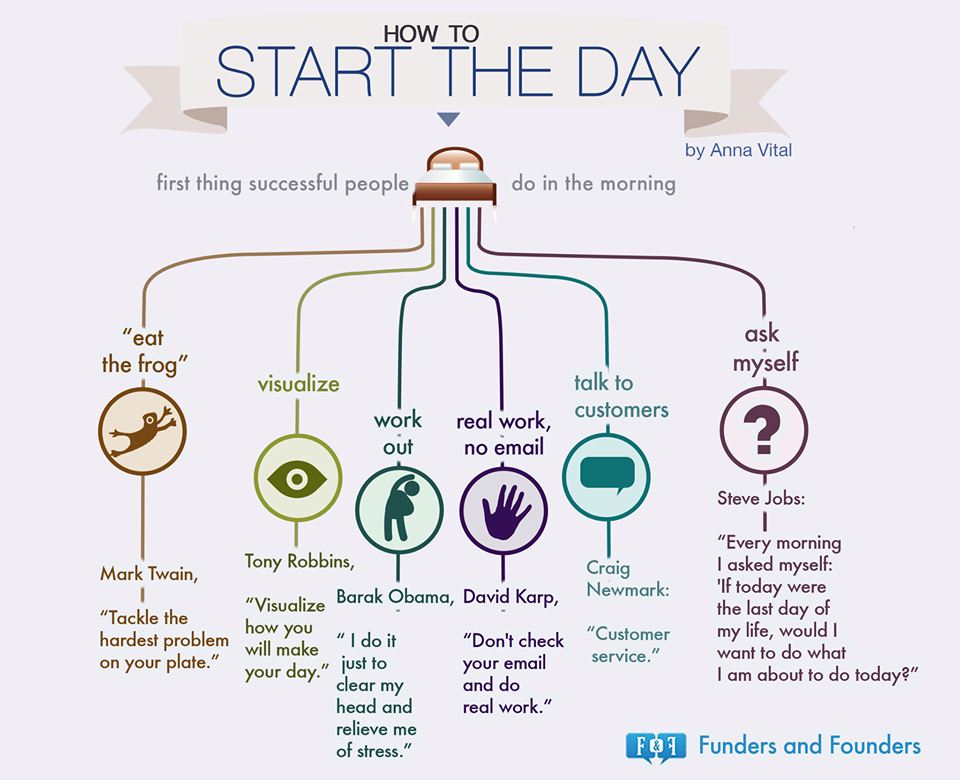
This would help expand the business and reach a different part of the audience. I knew for sure that the project would be successful: I had already worked as a choreographer with children aged 6-7, I had a reputation and potential clients.
There was no free money to create a children's school, so I decided to look for a grant and found a suitable one - the competition of the Entrepreneurship Fund. To participate in it, one had to take courses and defend a business plan.
I did not learn anything new during the courses, since I already had an economic education. The next step was to write a business plan and submit an application. I asked for money not just for a children's school, but for business development.
I collected a package of documents: statutory documents, certificates of no debts to government agencies, a certificate of completion of courses, several questionnaires from the foundation itself, a business plan and checks confirming the costs of the project - 15% of the requested amount.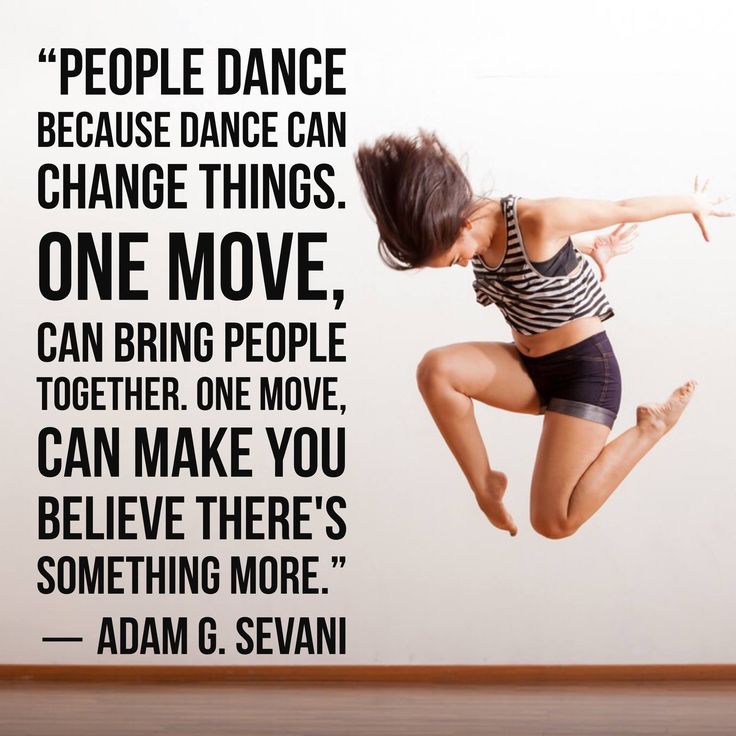
300,000 R
I got to the children's dance school
As a result, I won the competition and received 300,000 R.
Everything went well, but again there were difficulties with the premises. I needed a hall with an area of 50 m², and these cost 50,000-100,000 R, and not in the center, but on the outskirts of the city. I couldn’t take on such obligations and pay more than 100,000 R for the premises of an adult and children’s studio: I had loans, and if something went wrong, no one would help me.
I tried to search for premises through state auctions and the city administration, I turned to the mayor for help. She offered to do free classes for children from orphanages or large families. But no one came towards me. We have a small city, culture and education are not particularly developed here.
There are factory workers in my city who prefer to drink and watch TV after work.
It was not accepted to get involved in something or have a hobby, so it is difficult to develop in a creative environment.
As a result, the school could not be opened. I spent a grant on an existing studio, and the foundation accepted it, because I originally asked for money to expand and develop the business. So the grant was well spent.
Despite the history with the grant, 2014 was a successful year: for the first time we held the first major dance event in the city — a pole dance competition. At the same time, it became possible to open branches in other cities: I found two halls and a representative, and I could launch three schools at once. But she was afraid of responsibility and put it off for the future.
/pozhaluite-grant/
How I got a grant for 100,000 R
I was afraid to carry such a large financial burden on my own, especially the simultaneous payments for four rents. I also wouldn’t have had enough time to manage all the studios myself, and there was no one to delegate.
If I created a network of dance studios, it would raise the status of the project, bring additional income and allow the sale of the franchise to start.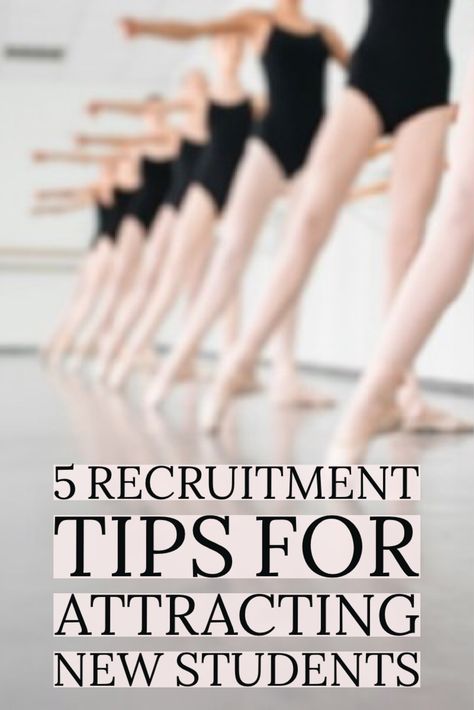 In the future, I did not have such opportunities.
In the future, I did not have such opportunities.
Went into the red and started again from scratch
In the winter of 2014, things went badly. At first I thought that it was just the off-season, winter and summer in this area are disastrous months. I had a small airbag with which I closed the holes. But in the spring it ended, but the situation did not get better, and the business went into the red.
Just then, the financial crisis happened, and it hit my city significantly: salaries dropped a lot, people began to save money - and first of all on hobbies. The city has a poor population, business is not doing very well, and financial shocks have a strong effect.
It seems to me that my business went into the red mainly due to two reasons:
- Some of the teachers turned out to be unscrupulous - they conducted additional classes in the studio past the cash desk. Or they were trained at my expense, and then left and poached students.
 I noticed this just in the fall of 2013 and in the winter of 2014, I was losing 20,000-35,000 rubles a month because of this.
I noticed this just in the fall of 2013 and in the winter of 2014, I was losing 20,000-35,000 rubles a month because of this. - Clients asked to renew their subscriptions in advance, but never brought money. In the winter of 2014, there were a lot of such cases - about 9— 12 people per month.
As a result, the studio's income fell from 110,000 to 60,000 rubles. I was forced to fire unscrupulous teachers and could no longer pay rent.
I had to move from a good place to nowhere, and the studio stopped working for almost a year - until February 2015.
Despite the closure, I believed in my project and had no idea what else to do. At that moment, the studio seemed to be the work of my whole life. In January 2015, I saw an advertisement for the delivery of a building with four-meter ceilings and two large halls.
By that time, competitors had already begun to appear in the city, who also taught half-dance. Half of my students and all the staff went to them - this time no one expressed loyalty and did not wait for me to solve problems.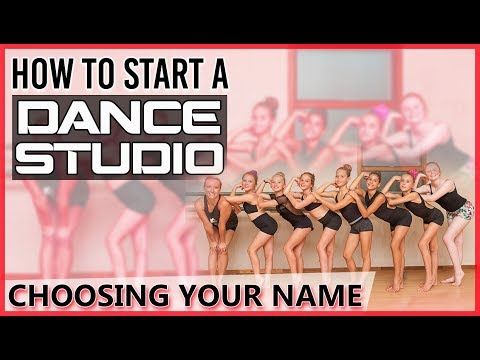 But the description of the new premises hooked me, and I decided to open again. She recruited teachers from her former students, and also looked for clients through social networks.
But the description of the new premises hooked me, and I decided to open again. She recruited teachers from her former students, and also looked for clients through social networks.
The renovation of the hall took several months, so the studio opened only at the end of March. With difficulty, but I brought the business to its previous level, launched joint courses with teachers from other cities. I spent 285,000 R on the opening - these are the costs of repairs and rent for three months. I borrowed part of the amount from a friend, I earned part myself - at night I wrote diplomas in economics for students.
285 000 Р
I spent on opening a new studio
How I decided to sell the studio two months. I managed to pay off debts for repairs and reach a stable profit.
In 2016, a lot has changed in my life. I met my future husband, we began to live together, and then we decided to move to another city. The business was irrelevant for me, and I put the studio up for sale.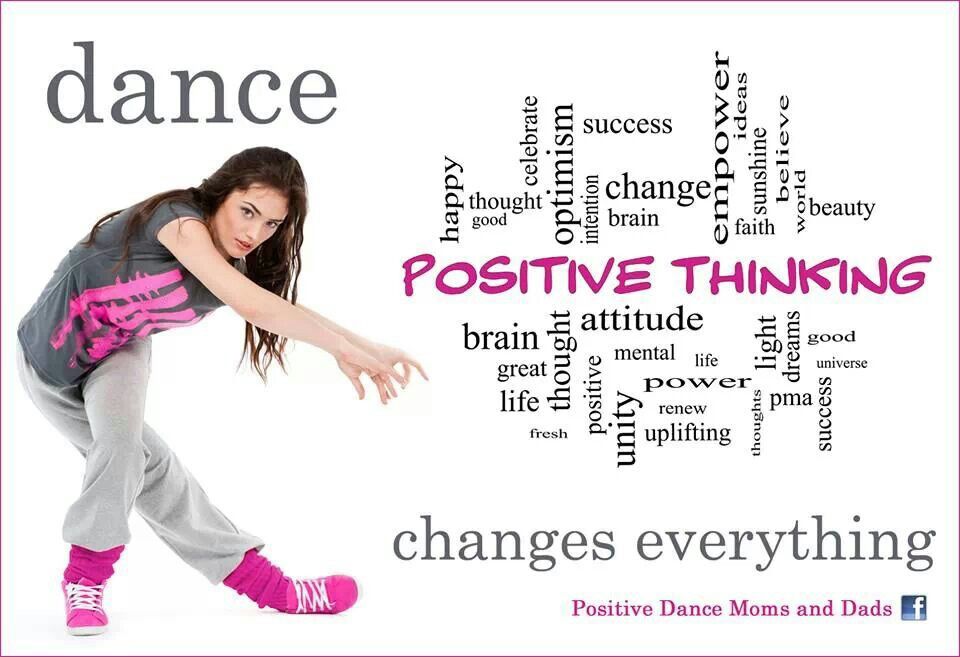
It was planned that it would be bought by one of the old students who have been working in the studio since its foundation. And so it happened. We negotiated with one of the students for almost a month. By that time, I had already closed my LLC and was about to move. Therefore, I sold the studio to her as an individual with the transfer of all rights, property and equipment for a symbolic 100,000 R - this is how much the equipment of the hall cost, taking into account wear and tear.
After the sale, I introduced the new owner of the studio to the staff and students, completed all personal affairs and never returned to this topic.
Expenses for December 2016
| Salary | 25,000 R |
| Premises for rent | 14 000 R |
| Drinking water and disposable cups | 2000 R |
| Alcohol | 2000 R |
| Utility payments | 1500 R |
| Total | 42 500 R |
Salary
25 000 R
9000 РWhat mistakes affected the development of the business
Despite the successful start of 2014, I made mistakes that slowed down the development of the business.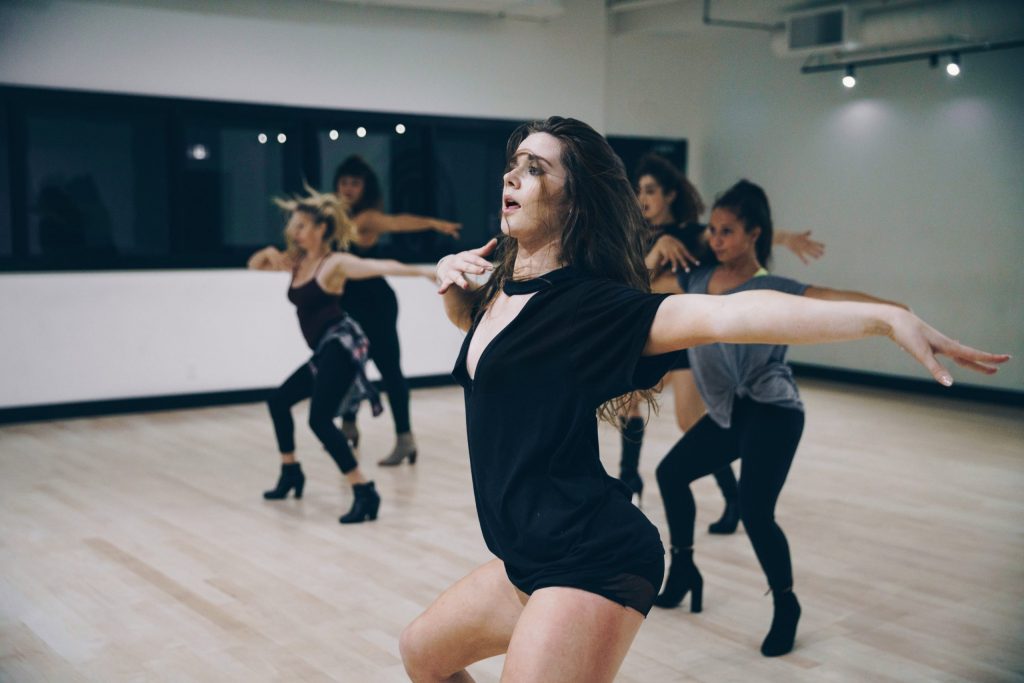
Did not conclude contracts with teachers, because I relied on their integrity and honesty. As a result, they went through training that I paid for, then went to competitors and took students away. To prevent this from happening, I needed to legally fix the training and confidentiality conditions. For example, to prescribe in the contract that the teacher is obliged to work in the studio for a certain period after completing the training or pay its cost, otherwise - a fine.
Gave the keys to the studio to all teachers. I did not follow what the teachers were doing in the studio outside of class, and someone began to conduct classes past the cash register. Usually, an administrator works in studios, and only he has the keys: he opens and closes the studio, marks clients, and monitors subscriptions.
Made the salary too high in the city. I could save about 15,000 R per month on teachers' salaries and spend this amount more appropriately - on advertising or attracting additional teachers during the daytime and weekends.
Didn't introduce strict visiting rules and didn't create a record keeping system. I went forward when the students asked to renew the subscription on credit or pay in installments. Because of this, I lost some of the money: clients went to classes, but never brought money for them, and I could forget who did not pay. If we had a CRM or other customer accounting system, these problems could have been avoided.
Irrationally used the premises. Instead of opening a second hall and teaching other dance styles, I made a dressing room and an office for employees in its place. In addition, it was possible to sublease the premises in the morning and afternoon, when there were no classes. I was offered this, but I refused. The studio could have a large sum from the evening for the sale of subscriptions, so you would have to keep track of those who rent the hall for sublease - either hire an administrator or do everything yourself. There was no worker for a nominal fee, and I didn’t have enough time.
Did not use all advertising tools . It was possible to attract well-known personalities in the city for cooperation, place booklets and business cards in popular places, launch targeted advertising and more actively maintain a page on Instagram. When I reopened the studio, I no longer invited the press and did not arrange master classes, and as a result, they began to forget about the school, especially since three competitors appeared.
Made hasty decisions. The third move was unsuccessful: the studio was in an area difficult to reach by public transport, too much money was spent on repairs, and it was difficult to get along with the landlords. For example, they promised to install batteries for three months and started working only when I threatened to leave. All agreements with landlords had to be fixed in writing in the contract, and not limited to verbal promises.
Invested in an ad that didn't work.